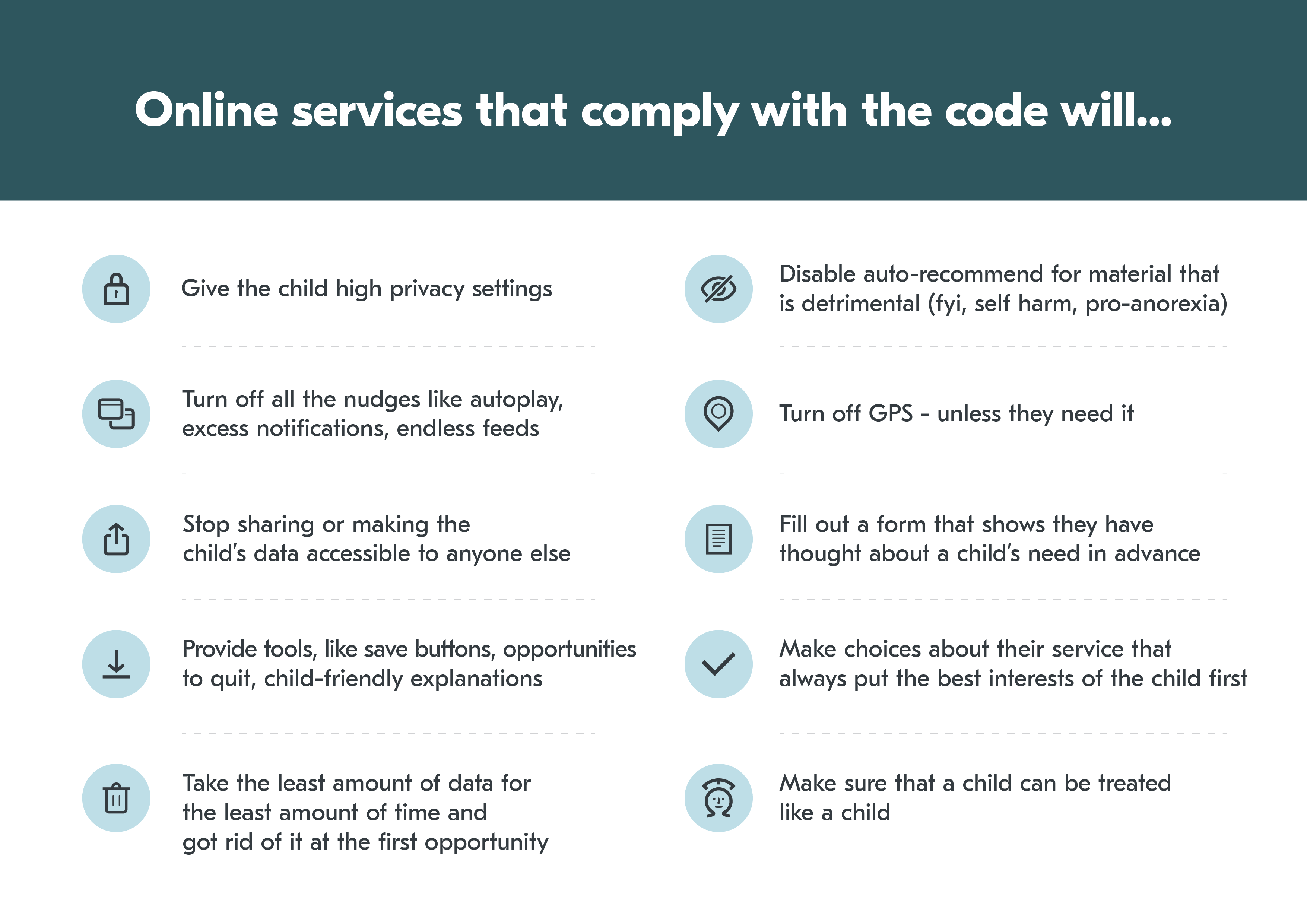
“Age assurance is simply a gateway to the bigger prize of building the digital world young people deserve.” – 5Rights Foundation, But How Do They Know It’s a Child?
Recent advancements in regulation and technology have transformed the ways we now check how old someone is online. Until recently, designing age appropriate services for young people from the ground up didn’t seem possible, with businesses accepting that young people would simply have to face being exposed to online harm. But, thanks to intelligent age assurance technology, we now have valuable and powerful tools that can help platforms start designing their services so that young people can be supported to thrive within digital spaces in a way that is privacy-preserving, secure and simple.

Age assurance: age verification and age estimation
Age assurance describes the methods and measures that help to determine a person’s age or age range. The word assurance refers to the varying levels of certainty that different solutions offer in establishing an age or age range. This includes age verification and age estimation, which both have varying levels of confidence.
Age verification refers to the process of age determination by reference to identity attributes, like a passport, that provides evidence of a user being of a certain age. This has traditionally provided the highest level of confidence in a user’s age. However, the level of confidence depends upon a number of factors: for example, a person’s ability to borrow a friend’s ID document, or using fake IDs.
On the other hand, age estimation offers the possibility to age check the estimated one billion people globally that don’t own identity documents and can use facial analysis and machine learning techniques. Like age verification, it is also a subset of age assurance, but refers instead to the assessment that someone is likely to fall within a category of ages, or whether they are over or under a certain age.
There are many ways that a person’s age can be estimated:
- Self-declaration
- Biometrics
- Profiling and inference models
- Capacity testing
- Cross-account authentication
- Third-party age assurance provider
- Account holder confirmation
- Device controls
- Flagging
Well-trained AI models are capable of estimating age more accurately than human judgement. This is because humans aren’t always trained at identifying a person’s age – and also can’t always detect when a document could be fraudulent. Age estimation tech is also scalable – capable of completing thousands of checks a day successfully without getting tired.
There is also compelling evidence that certain types of age estimation, such as facial age estimation, can provide a level of confidence in a person’s age at least as high as traditional forms of age verification. So, age estimation could very well provide greater assurance than human checks. What is important is finding the sweet spot that works for your business according to the regulations in place within your industry.
The importance of age assurance for young people today
Today, young people live out much of their lives digitally. During the pandemic, 1.4 billion young people across 190 countries were not able to attend school in person and much of their learning moved online.
“Age assurance should not be mistaken for a silver bullet or a shortcut to making the digital world fit for young people […] Its value lies not simply in the act of assuring age but in the enormous opportunity it brings once young people have been recognised.” – 5Rights Foundation, But How Do They Know It’s a Child?
Once businesses are able to recognise that a child is using their service, only then can they devise services fit to support and protect young people. Children have a right to use the internet and digital services as much as adults do, and age assurance is a powerful tool that will empower young people to safely navigate these digital spaces and thrive online.
We believe that everyone should be able to prove who they are. But with an estimated one billion people worldwide who don’t own a legally-recognised form of ID, we need solutions that do not rely solely on hard identifiers. Age estimation is hugely beneficial to people across all demographics, particularly to young people. An estimated 24% of over 18s and 33 percent of under 18s in the UK do not have access to photo ID, so other ways must be available for them to prove their age. Ensuring they are able to prove their age by a variety of means will enable them to navigate the internet safely.
How we’ve developed rights-respecting, accessible age assurance
Developing our facial age estimation technology requires a data set of facial images where the person’s age is already verified. We’ve trained our algorithm on a wide range of ages, genders and skin tones to minimise bias and have collected data in accordance with the UK GDPR.
We’re transparent in how we develop the tool and reach out to organisations to make sure our approaches are in the best interests of our users. We’ve shared our approach in roundtable discussions with industry leaders to gain valuable insight and expertise that helps us develop the tool in the best way possible.
This has allowed us to confidently apply facial age estimation to tackle online grooming and launched a #sharetoprotect movement to improve the diversity of the dataset.
Meaningful age assurance is no longer just an advantage…
Some industries have already recognised the need for age assurance, and so have enforced legislation making it a compulsory practice. For example, UK video sharing platforms must comply with Ofcom’s regulation guidance, and gaming companies should apply the Principles for online and app-based games.
But it’s not just businesses delivering age-restricted services that need to worry about age assurance. A number of legislative changes have happened in the past few years, and there are more on the way that could affect the way businesses across the world operate.
Any industry where young people might be more inclined to access its digital services would benefit hugely from age assurance measures. It’s also no coincidence that these industries are also the same ones impacted by changing and updating legislation, such as the ICO’s Age Appropriate Design Code (the Code).
The Code came into force on 2nd September 2021 and aims to give young people a safe place to play, learn and explore online. With that in mind, if your business operates digitally and is used by young people, it might be time to deliver appropriate age assurance with some of your online services.

The bottom line is no one knows when you could be impacted by legislative changes. We think taking a ‘Safety by Design’ approach is the best way to ensure ethical age assurance.
“[Safety by design] focuses on the ways technology companies can minimise online threats by anticipating, detecting and eliminating online harms before they occur.” – Julie Inman Grant, Australian eSafety Commissioner
This, combined with Privacy by Design principles, will protect a digital service from being potentially harmful to vulnerable people and young people online.
Holding each other accountable
Our goal is to start a movement of rights-respecting age assurance that upholds community values and protects people’s privacy. That’s why it’s not only important to build trust among our users but to do it in the right way. We do this by having internal and external bodies that hold us accountable—for example, our internal trust & ethics board and our external Guardian’s Council.
The Guardian’s Council – made up of four independent advocates – helps Yoti always seek to do the right thing. They provide us with new and different perspectives from key backgrounds like law, tech, data and not-for-profit.
We have also set up an internal Ethics & Trust Committee, which includes members from several different areas of our business to consider ethical issues related to our technology and its use.
This, alongside a number of public commitments to build ethical technology and our B Corp status, means that we uphold values that benefit the integrity of those who use our services.
Read more about what we’re doing to build solutions with trust at the core.
